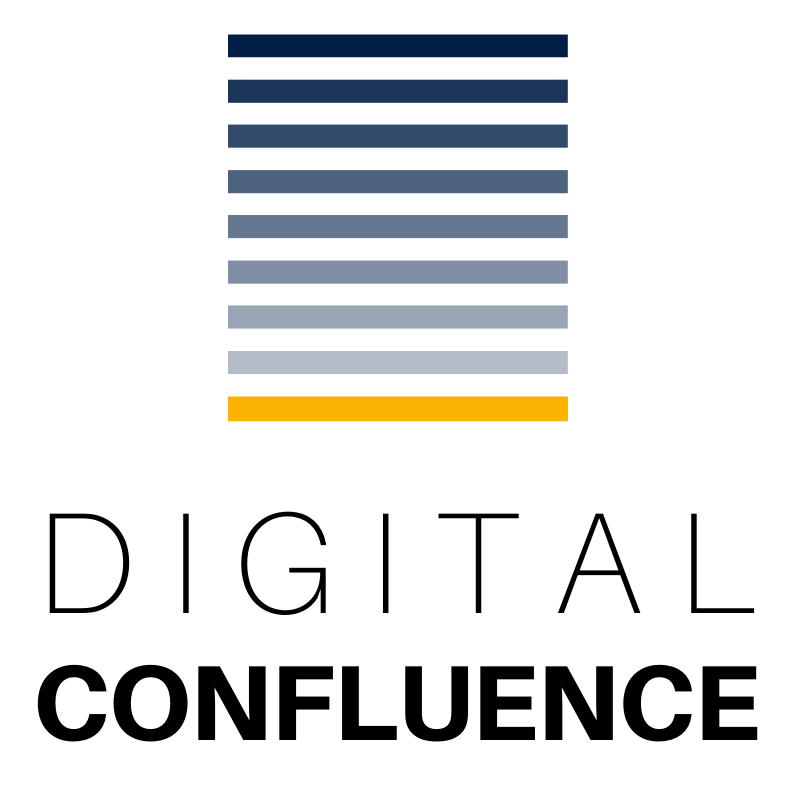
Describing Who You Are and How You Add Value
Written by Rowena Morais
The excitement mounts as you walk into a lavish banquet hall at this conference that you’ve been looking forward to attending. There is a decent crowd and people are milling near the coffee station. You feel the butterflies in your stomach but you take a few steps forward anyway.
Someone walks over to you, looking bubbly and enthusiastic. She extends her arm in a warm, vigorous handshake, “Hello, Amy here, how are you?” She seems genuinely interested and curious about you. You exchange details and then, the dreaded question, “So, what is it that you do?”
Do you have an answer that just rolls off the tongue? Have you thought about the best way to put yourself forward? And if you have, how are people reacting to what you share? Do they appear enthusiastic, confused or disinterested?
Now flip this and imagine you’re in an interview scenario with a recruiter. Do you have the same sort of response when an interviewer is asking this question?
This is a compelling reason for developing an elevator pitch.
What is an elevator pitch?
Essentially, an elevator pitch is meant to allow an individual to put themselves or their idea forward to an important company leader within a limited time frame. In this context, it is meant to provide a quick summary of yourself. Alison Doyle reminds us that “you don’t need to include your entire work history and career objectives. Your pitch should be a short recap …”
Your best case scenario is that this pitch is memorable. It needs to create a sense of curiosity about you and encourage the listener to delve deeper, to ask more questions, to be intrigued.
What’s the argument for a pitch?
The reason for developing a pitch is so you have thought about how you’d like to present yourself, what you want to say, and how you’d like to do it. As you start putting the pitch in action, you will likely refine and improve it as you get feedback.
Where do you use this pitch? You can use it face-to-face meetings or interviews, in phone calls, and in your social media presence.
Take your LinkedIn profile, for example. You have a valuable opportunity to create a pitch which sits in your About section of the profile. A good pitch means that you come across in a confident, purposeful and self-directed manner. This is useful to anyone whether they are in the corporate sector or business owners. But I believe this can be especially useful when in the middle of a career progression or career pivot.
This is one of the good things about LinkedIn — unlike a resume, a LinkedIn profile affords you the ability to humanise yourself.
Humanise? Yes, to humanise your profile is to inject your unique personality into the profile. You don’t want to come across robotic or dry. Having looked through your profile, readers should come away feeling something and understanding you a little more.
And there is so much to look at within a LinkedIn profile for a person who is active on the platform and engaged with others.
Emotion, tone, personality and passion are coming across in varying degrees depending on what they are looking at. And there is so much to look at within a LinkedIn profile for a person who is active on the platform and engaged with others.
What then does a resume offer? A typical resume will contain personal information as well as a short objective or summary before it moves into your work,related experience and then into education, awards and honours. A resume has its limits. A LinkedIn profile, however, has a few distinctive features that help you stand out from the crowd a lot better.
So how do you develop your pitch?
Here are some ideas to help you get started on this process.
- Think about how you would describe yourself. Incorporate the Rule of Three to make it memorable. How? In your headline, for example, you could say “HR Leader | Diversity Advocate | Supporting an engaged workforce”.
- If you run a business, consider developing a positioning statement. This is a brief description of your product or service and your target market. Highlight how your product or service fills a specific need in your market.
- Find a way to sum up your life’s work. You are far more than the roles you hold. So look back at your career. Evaluate whether there is a running theme and notice what you seem drawn toward. Identify the things you have been passionate about through the years. You might be surprised to discover things about yourself that you were not aware of before.
- Ask yourself what you want others to notice about you. Undoubtedly, there would be a number of unique points worth highlighting. But as you want to come across aligned and focused, it is best to identify a running theme in your career and play to that. In other words, focus the reader on 1 – 2 things that matter even if it means downplaying other aspects. There will be many opportunities to clarify and shine a light on these aspects in different ways later.
It is less about the path travelled and far more about your direction and goals that matter.
Remember this.
Some people may have taken on roles that do not fit with their trajectory. Perhaps there were specific objectives they needed to meet, and there may be gaps left to address. Do not worry about the gaps or the elements that are not as aligned. You’re not being untruthful to not talk it up. What you’re looking to do is to downplay the elements that are not as aligned. It is less about the path travelled and far more about your direction and goals that matter. That is what can help tie all disparate elements together.
In other words, tell the reader what you want them to think about you.
The reader will most likely never be completely interested in your entire history. They do not want history for the sake of it. They want a summary of key points and they want to arrive at a conclusion about you. Your reader wants a snapshot that matters, something that can showcase how you’ve taken what you know and made it real for those around you.
This is why developing an elevator pitch is an important exercise but also a repeatable one. As you journey through different roles and companies and as your circumstances change, review your pitch to ensure it is aligned with your direction. Ultimately, your pitch helps you put your best foot forward always.
Where does the elevator pitch fit in your LinkedIn profile?
- The About feature
This feature allows you to tell the reader a little about yourself. While the blank canvas can seem daunting at first, treat your profile as a living document. It is a dynamic document that can be continually updated to reflect the most up-to-date circumstance. Editing allows you to switch your write-up in the About feature as you need to (if you are running a particular campaign or there is a time-sensitive project you would like to highlight for a brief period).
- Featured Media
Attach any kind of media to your profile — a set of slides, images, documents or videos. These can attract the reader’s eye and break the monotony of text in much of your profile.
- An article or a post
While these appear similar, there are distinctions between an article and a post, including the fact that posts are significantly shorter than articles. Again, there is significant bandwidth here to refine your core message and reinforce your ideas in a different way. - Background header image
Powerful as it sits above the fold, the background image is, I believe, as important as your profile picture. This background image sits in a dedicated prominent area to make a compelling statement that incorporates visuals. Don’t just upload any picture. Use the space to tell a story, to share a message, to reinforce what you share in your profile. - Publications
The publications section is a feature within Accomplishments in your LinkedIn profile. Anything you have done on third party platforms or your website can benefit from being showcased here.
Let’s tie this all together.
You understand what an elevator pitch is and the benefits of developing one. You should regard your LinkedIn profile as a living document which means being open to change and improvement. You’re not fearful about what to say — If you get it wrong, you can simple update and make a correction. You feel empowered, hopeful, and can’t wait to get started.
There’s no absolute right or wrong way to do this
You know yourself best. You know the road you’ve travelled on and the hardships you’ve endured. You understand your goals and direction better than anyone else. So you are the best person to develop a pitch that serves you well.
Protect your dream. Showcase your dream.
The important thing is to avoid perfectionism and to keep tweaking unnecessarily. That is simply fear manifest.
Begin and the rest will follow. Put yourself out there. Seek feedback. Listen openly to what others say, evaluate if changes are needed, and then make the changes you see fit.
While some of this discussion has centred on how the pitch fits within your LinkedIn profile, this exercise is valuable regardless of whether you use LinkedIn or not. As I mentioned before, your elevator pitch once developed will bring returns over and over again.
You lean on it when actively looking for work or opportunities and can include it within your resume and draw reference to it in your cover letter. It is also useful when making new connections or delivering presentations and more.
This is the time to act. Step forward boldly and craft an elevator pitch that truly supports you in all you do.
